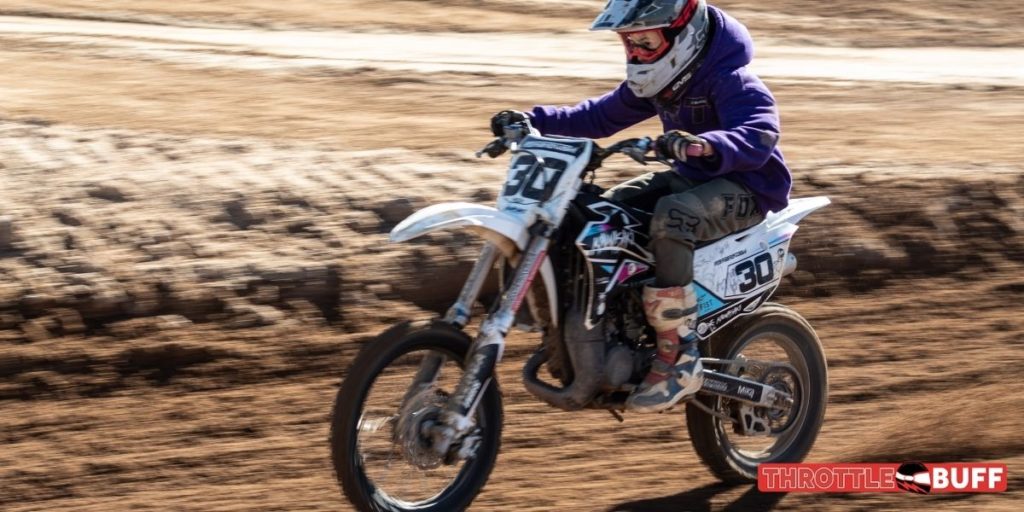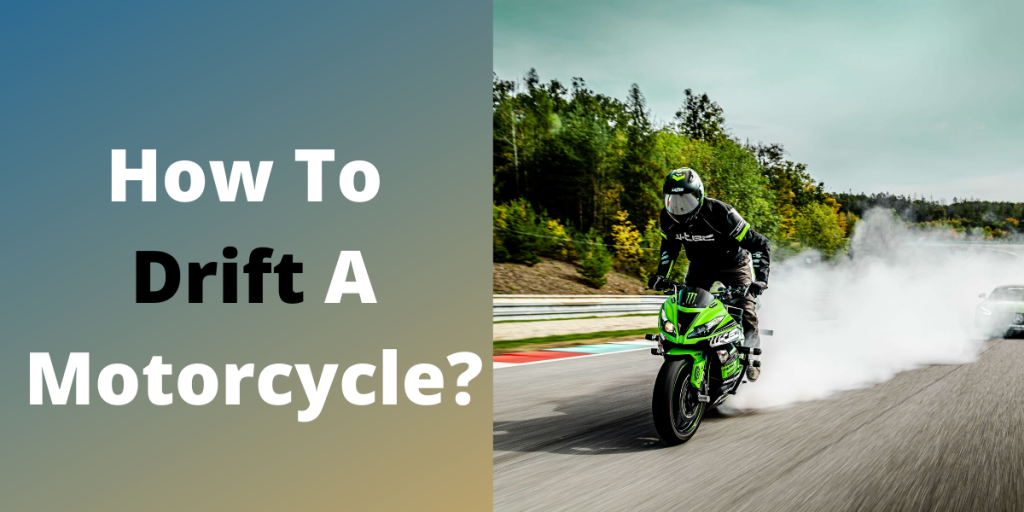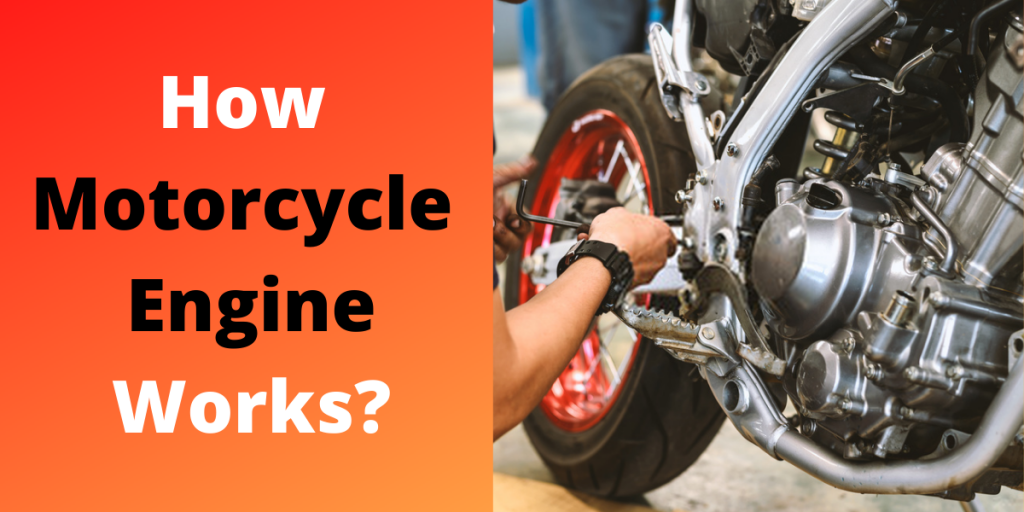Motorcycle enthusiasts want to include as many of their family members and friends as possible in their enthusiasm. Some people jump on board right away. Our children are among those who are kind of along for the trip, much to our dismay, and those who aren’t so much along for the journey at all.
Despite the fact that the parents on our team endeavor to allow their rugrats to express themselves, it is difficult not to encourage them to participate in activities that we like. Consequently, we can encourage our children to ride dirt bikes and ATVs just as readily as we can urge other parents to encourage their children to ride bicycles. Do we get strange stares from our neighbors, as well as condemning ones from our parents and grandparents? Maybe.
However, because we have been engaged in the sport for so long, we are well-versed in introducing children to the great world of dirt riding safely and appropriately. Consider our advice and ideas on how to get your kids on a motorcycle if you find yourself in a situation where you want to get your child on a bike but don’t want to have to justify yourself to the 5-0.
8 Tips On How To Get Your Kids On a Motorcycle
I have listed 8 important tips that you should consider if you are planning to teach your kids to ride a motorcycle. Read on further to know about these tips in detail.
1. Prepare to Take Off
Although this may seem apparent to some, there are parents out there who, believe it or not, might have benefited from knowing this. Assuming you like your child, ensure they are protected with the greatest children’s protective equipment available, from the helmet to the boots and everything in between. You may have a difficult time obtaining high-quality protective riding gear for children, but your efforts will be rewarded in the end.
Why? Because:
- a) your child will not get injured while learning to ride a motorbike
- b) the less injured they are during the learning process, the more likely it is that they will like the activity.
Of course, high-quality children’s clothing is not inexpensive. If you truly want your child to learn to ride, you must make the necessary financial commitment. Also, while you may be in the habit of purchasing clothing and shoes for your child that they may grow into, you should avoid doing so when it comes to motorcycle riding gear. Yes, children grow quickly, but if you outfit your child with improperly fitting riding gear, they will not only be uncomfortable, but the improper fit may also render the equipment useless.
If you are unable to purchase brand new children’s clothing, check out secondhand shops and bargain areas. You might be amazed by the number of like-new children’s motorcycle helmets and body armor that you can find at your local thrift shop. If you are like most motorcycle riders and have a network of friends who are also riders, inquire with them about purchasing their outgrown children’s riding gear. You can keep your child safe during the learning age in a variety of methods that are both inexpensive and effective.
2. Determine your child’s current skill level.
Selecting the finest motorcycle gear for kids is crucial, but determining your child or daughter’s ability level is almost as important. The mere fact that your youngster displays an interest in learning to ride does not always indicate that they will be a natural behind the wheel. Who knows, they may be a shaky mess by the time you arrive! To know where your rugrat stands before encouraging them to ride the new KTM 50 SX around the block or, more ambitiously, signing them up for the next local 65cc motocross event, it’s vital to know where they are starting from.
When we suggest that you should assess your child’s skill level, we do not mean that you should put them on a bike and see how far they can ride before falling off. That is considered child endangerment. Make use of your wits. Since she was able to walk, has your daughter been playing catch with you, or does she find it difficult to put together even the most basic of building pieces to form something that resembles a building? The dexterity with which your child interacts in everyday life is a significant indication of how effectively they manage a motorcycle.
3. Recognize when to begin.
It is estimated that tens of thousands of motorcyclists are ready to saddle up their children as soon as they are born. While some extraordinarily gifted four-year-olds learn to use a machine more quickly than they learn to walk, many children and adolescents are just not that coordinated or interested, for that matter. After evaluating your sprat’s skill level, you should consider their interest, size, and physical strength.
If your boy is performing chin-ups on the kitchen counter by the time he is two, he will most likely be ready to pull a clutch by the time he is four years old. If, on the other hand, your other kid is afraid of physical activity but knows every element of the machine by heart, you might want to hold off on placing him in the saddle for now. Don’t be disheartened, though; if you have a strong desire to ride, it will almost certainly happen.
4. Don’t Try To Force It.
We’ve brought up the subject of interest several times, and with good reason: if your child isn’t interested in riding, the timing isn’t appropriate. If you encourage your child to participate in an activity that you enjoy but in which they have little interest, you are acting against your own interests. Consider the time when your parents warned you that riding a motorbike was a risky proposition. What exactly did you do? Riding has turned into a way of life for you. If your youngster is uninterested in riding, don’t push them to participate. You may pique your child’s interest in motorcycles in subtle but enjoyable ways, such as exposing them to Supercross events, vintage motorcycle exhibits, and rides on your own motorbike.
5. Consider holding a classroom session.
The most important aspect if you are thinking of getting your kid on a motorcycle is to explain to them about the bike. Explain some aspects of riding a bicycle. What is the function of the throttle? What about the braking system? Naturally, you can do this on the bike, but the point is that some verbal teaching is beneficial, and starting with the basics is essential. For example, just though you and I understand that neutral is a “half-click” between first and second doesn’t imply that a beginner does without a few shifts.
In particular, because Stinky was new to selecting his own gears, I recommended starting at the top of a long hill in neutral and coasting down until he got an accurate feel for the brakes, suspension, and terrain. He did exactly that, and it helped him get a good feel for the bike and its capabilities. He came to a complete halt before shifting into first gear. It is preferable to have a small delay than to incur a concussion as a result of an unexpected get-off.
6. Preparing them for success is essential.
First, stay away from automobiles, buildings, roads, animals, baby-head rocks, and difficult terrain. It is essential to have a safe area to bike. A loud, hazardous, and crowded roadway is not permitted in most areas, and it is a terrible decision in virtually all situations. It would help if you considered practicing in a low-volume and low-stress region so that outside factors will force neither you nor your progeny. You may hire a truck, contact a friend, or pack up the truck. This is meant to be a good time!
7. “Slow is smooth, and smooth is fast,” as the saying goes.
Make an effort to move slowly and thoughtfully through your day. When working with children, it is necessary to provide gentle inputs. This is especially important when working with young children who may not have excellent fine motor control. The act of progressively moving the controls across their range while the bike is off may assist them in comprehending what “a little bit of brake” implies.
After starting out slowly, Stinky gradually increased his speed as he gained confidence and became bored with traveling slowly. Over the years, I observed him progressively become faster and faster as he gained confidence and became more bored with moving slowly. Don’t put pressure on your youngster; proficiency will come much sooner than you expect.
8. Determine your own degree of expertise.
I’m not interested in what kind of rider you are. Almost everyone who rides a motorbike has a basic understanding of how to operate the vehicle safely. It is better to take stock of your teaching abilities, which include the capacity to maintain patience, explain things in various ways, and show what you are talking about. You’ll also need to be effective at motivating others. (Excited parents have a tendency to pile on the stress.) Consider having a buddy assist you out or taking over fully, or at the very least making certain that you can keep your temper under control.
As a parent, there is nothing wrong with gladly taking assistance from a more patient instructor or receiving assistance from someone who does this on a more regular basis than you do yourself.
Know when it’s OK to give up as well. Lessons pushed on a weary, thirsty, or hungry youngster are less likely to be retained, and they are less likely to enhance a child’s attitude on motorcycles and riding. Six hours of rigorous teaching is preferable to half an hour of solid practice and grins on your face. Remember that this is supposed to be a good time?
Conclusion
Training a kid to get on a motorbike requires time, patience, and a lot of practice, just like teaching a child anything else in life. It will also need a significant sum of money. Your monetary commitment is essential for a variety of reasons, from purchasing high-quality body armor for children to needing to repair a carelessly thrown bike on more than one occasion. Your time, financial commitment, and patience will, however, be repaid when you and your child develop a relationship via horseback riding that will last a lifetime. We hope that these tricks and tips will help solve your question about getting your kids on a motorcycle. Ride safely!



